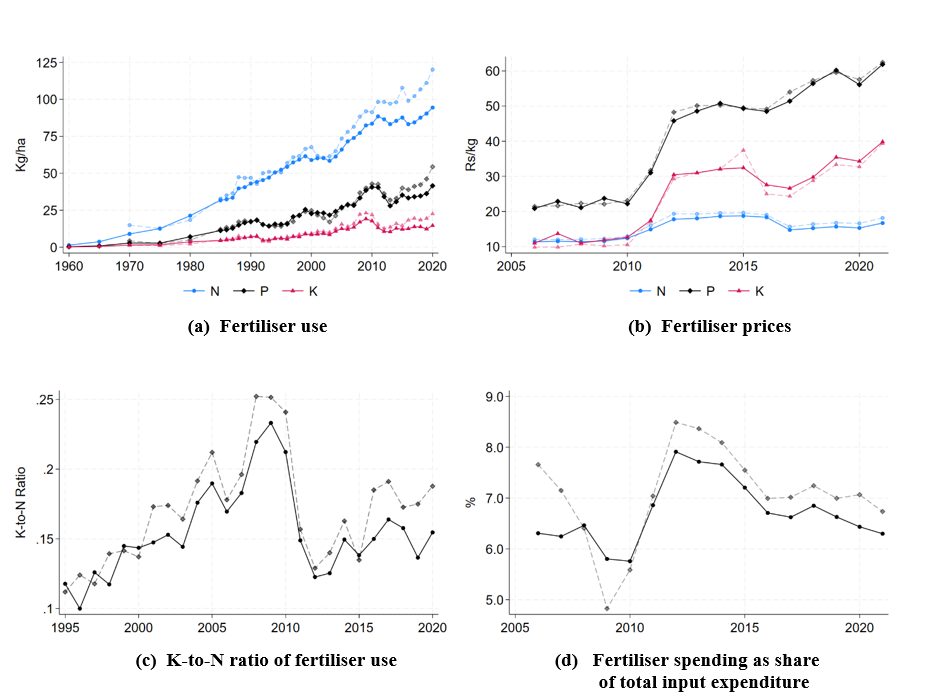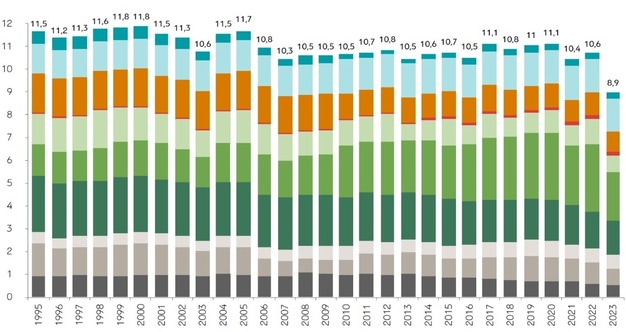The threats of micro- and nanoplastics to aquatic ecosystems and water health – Nature
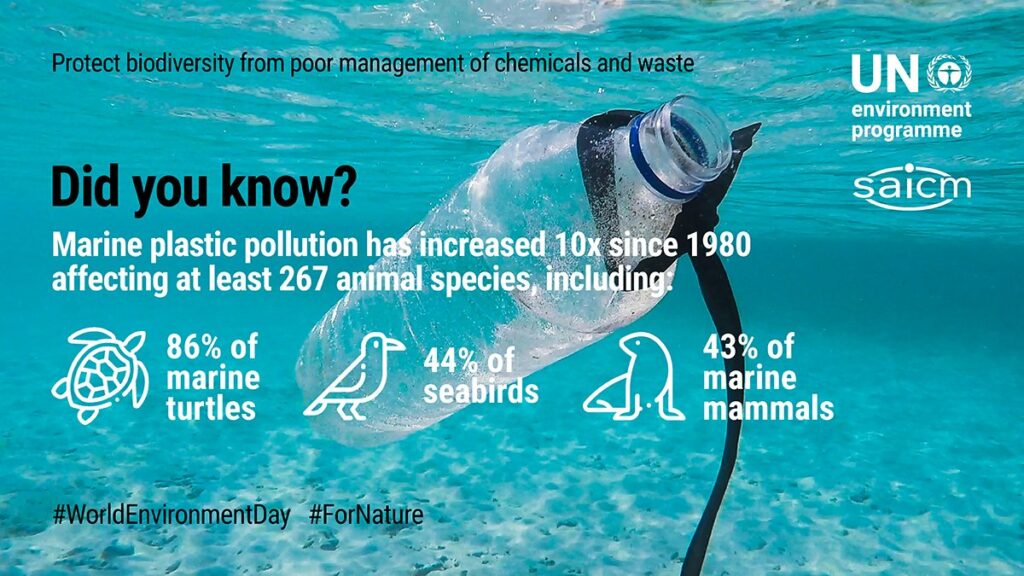
Report on the Indirect Impacts of Micro(nano)plastics on Water Quality and the Sustainable Development Goals
The pervasive presence of micro(nano)plastics (MNPs) in global water sources presents a significant challenge to achieving multiple Sustainable Development Goals (SDGs). This report outlines the indirect threats MNPs pose to water quality by disrupting fundamental environmental processes, thereby undermining progress towards SDG 6 (Clean Water and Sanitation), SDG 3 (Good Health and Well-being), SDG 14 (Life Below Water), and SDG 12 (Responsible Consumption and Production).
Key Impacts of Micro(nano)plastics on Aquatic Environments
Disruption of Biogeochemical Cycles
The presence of MNPs in aquatic environments interferes with essential biogeochemical cycles, which are critical for ecosystem stability and directly relevant to maintaining the health of aquatic ecosystems as targeted by SDG 14 (Life Below Water). This disruption also threatens the long-term sustainability of water resources, a core component of SDG 6.
- Nutrient Sequestration: MNPs affect the natural processes of nutrient sequestration, altering the availability of essential elements for aquatic life.
- Microbial Functions: The functioning of microbial communities, which drive these cycles, is significantly impacted by MNP contamination.
- Elemental Cycles: The carbon, nitrogen, phosphorus, and sulfur cycles are all vulnerable to disruption by MNPs, with potential cascading effects on climate regulation (SDG 13) and water eutrophication.
Vector for Pathogens and Contaminants
MNPs act as carriers for harmful substances, amplifying risks to both environmental and human health. This directly compromises the objectives of SDG 3 (Good Health and Well-being) and SDG 6 (Clean Water and Sanitation).
- Pathogen Dispersion: MNPs facilitate the transport and dispersion of pathogens in water. This increases the risk of waterborne disease transmission, posing a direct threat to human health and the safety of water supplies.
- Interaction with Emerging Contaminants: MNPs exhibit a synergistic relationship with other emerging contaminants. They can adsorb these pollutants, increasing their persistence and bioavailability in aquatic systems, which complicates efforts to ensure clean water and reduce pollution as outlined in SDG 6 and SDG 12.
Strategies for Mitigation and Management in Line with SDGs
Assessment and Regulatory Frameworks
To address the threats posed by MNPs, a robust framework for assessment and regulation is imperative. This aligns with the call for improved water quality monitoring and pollution reduction under SDG 6.
- Develop standardized strategies for assessing the indirect contributions of MNPs to water pollution.
- Implement comprehensive regulatory frameworks to mitigate the effects of MNPs and their interactions with other pollutants.
Technological and Policy Solutions
A holistic approach combining technological innovation and policy is essential for managing MNP pollution and protecting water security, contributing to SDG 9 (Industry, Innovation and Infrastructure) and SDG 17 (Partnerships for the Goals).
- Advanced Water Treatment: Investment in and development of advanced water treatment technologies are crucial for removing MNPs from water sources.
- Modular Control and Early Warning: Implementing modular control strategies and early warning systems is necessary to manage MNP interactions under diverse and fluctuating environmental conditions.
- Integrated Policy: A cohesive policy approach that integrates research, technological innovation, and regulatory action is required to safeguard water quality from the complex impacts related to MNPs.
Analysis of Sustainable Development Goals in the Article
1. Which SDGs are addressed or connected to the issues highlighted in the article?
The article on the threats of micro(nano)plastics (MNPs) in aquatic environments connects to several Sustainable Development Goals (SDGs). The primary focus on water quality, pollution, and health impacts establishes these connections.
-
SDG 6: Clean Water and Sanitation
This is the most directly relevant SDG. The article’s central theme is the contamination of “global water sources” by MNPs, which poses “indirect threats to water quality” and “water security.” It explicitly discusses how MNPs affect aquatic environments and calls for “advanced water treatment” and “regulatory frameworks” to protect water quality.
-
SDG 3: Good Health and Well-being
The article links MNP pollution to health risks by stating that MNPs act as “carriers for pathogens, potentially exacerbating transmission risks and endangering… human health.” This synergy with pathogens and other contaminants directly relates to ensuring healthy lives.
-
SDG 14: Life Below Water
The impact on aquatic ecosystems is a core issue. The article details how MNPs are “pervasive in global water sources,” disrupt “biogeochemical cycles” (carbon, nitrogen, phosphorus, sulfur), and affect “microbial functions,” thereby “endangering… aquatic ecosystems.”
-
SDG 12: Responsible Consumption and Production
Although not mentioned directly, the issue of MNP pollution is fundamentally linked to patterns of plastic production and consumption. The call for “implementing regulatory frameworks to mitigate their indirect effects” and developing a “holistic approach involving research, innovation and policy” aligns with the goal of achieving environmentally sound management of wastes to minimize adverse impacts.
2. What specific targets under those SDGs can be identified based on the article’s content?
Based on the issues discussed, several specific SDG targets can be identified:
-
Target 6.3: Improve water quality by reducing pollution
The article is entirely focused on this target. It describes how MNPs are a pervasive pollutant in water, “posing indirect threats to water quality” and interacting with “emerging contaminants.” The call for “advanced water treatment” and “mitigating… indirect effects” directly supports the goal of improving water quality by reducing pollution.
-
Target 3.9: Substantially reduce deaths and illnesses from hazardous chemicals and pollution
The article highlights that MNPs act as “carriers for pathogens” and create a “synergy with emerging contaminants,” which amplifies their “persistence and bioavailability.” This process endangers human health, directly aligning with the objective to reduce illnesses from water pollution and contamination.
-
Target 14.1: Prevent and significantly reduce marine pollution of all kinds
The article discusses MNPs in “global water sources” and “aquatic environments.” Since most freshwater systems eventually drain into the ocean, addressing MNP pollution in these sources is a critical step in preventing marine pollution, as covered by this target.
-
Target 12.4: Environmentally sound management of chemicals and all wastes
MNPs are a form of waste pollution. The article’s recommendation for “implementing regulatory frameworks” and a “holistic approach involving research, innovation and policy” to manage MNPs aligns with achieving the environmentally sound management of waste to minimize its release and impact on water and health.
3. Are there any indicators mentioned or implied in the article that can be used to measure progress towards the identified targets?
The article, being a scientific review, does not list official SDG indicators. However, it implies several measurable parameters that could serve as indicators to track progress towards the identified targets.
-
Concentration of Micro(nano)plastics (MNPs) in Water Bodies
The statement that MNPs are “pervasive in global water sources” implies that their concentration is a key metric. Measuring the quantity and type of MNPs in water would be a direct indicator for Target 6.3 and Target 14.1.
-
Levels of Pathogens and Contaminants on MNPs
The article mentions that MNPs “act as carriers for pathogens” and have a “synergy with emerging contaminants.” An indicator for Target 3.9 would be the measured load of specific pathogens and contaminants adsorbed onto MNP surfaces in aquatic environments.
-
Changes in Biogeochemical Cycles
The text states that MNPs impact the “carbon, nitrogen, phosphorus and sulfur cycles.” Therefore, monitoring changes in the concentrations and fluxes of these essential nutrients in MNP-polluted waters could serve as an indicator of ecosystem disruption, relevant to Target 14.1 and Target 6.3.
-
Bioavailability of Contaminants
The article notes that MNPs “amplif[y] contaminant persistence and bioavailability.” Measuring the bioavailability of MNP-associated contaminants in laboratory or field studies would provide a specific indicator of the environmental and health risks, connecting to Target 3.9.
4. Table of SDGs, Targets, and Indicators
| SDGs | Targets | Indicators (Implied from the article) |
|---|---|---|
| SDG 3: Good Health and Well-being | 3.9: Substantially reduce deaths and illnesses from hazardous chemicals and pollution. |
|
| SDG 6: Clean Water and Sanitation | 6.3: Improve water quality by reducing pollution. |
|
| SDG 12: Responsible Consumption and Production | 12.4: Environmentally sound management of chemicals and all wastes. |
|
| SDG 14: Life Below Water | 14.1: Prevent and significantly reduce marine pollution of all kinds. |
|
Source: nature.com

What is Your Reaction?
 Like
0
Like
0
 Dislike
0
Dislike
0
 Love
0
Love
0
 Funny
0
Funny
0
 Angry
0
Angry
0
 Sad
0
Sad
0
 Wow
0
Wow
0

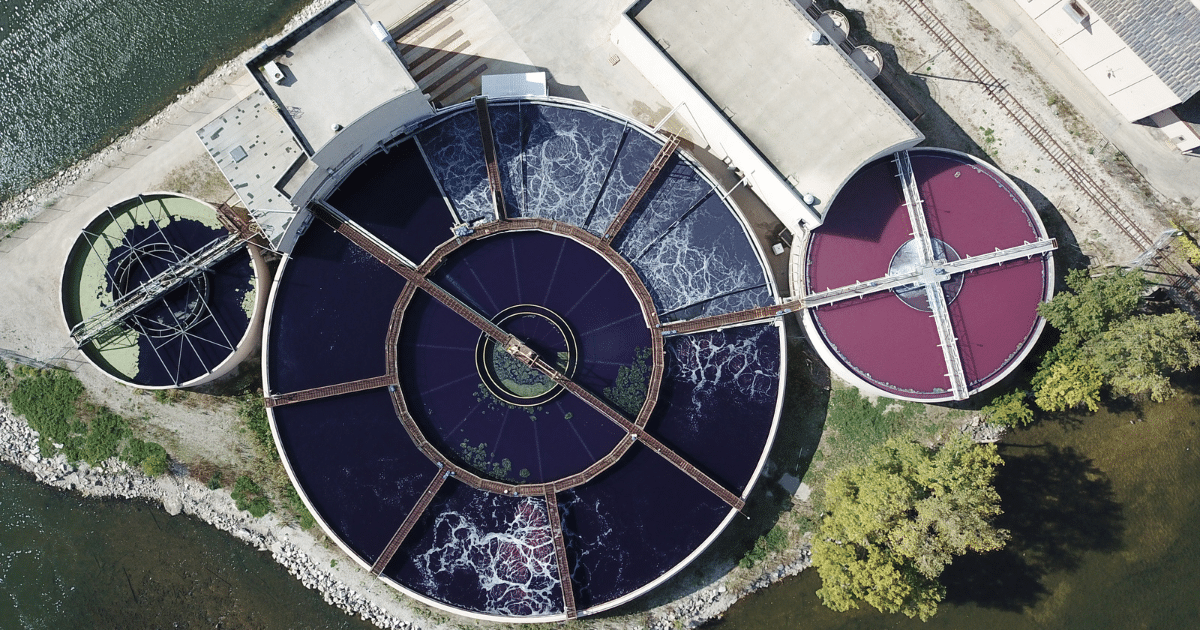






















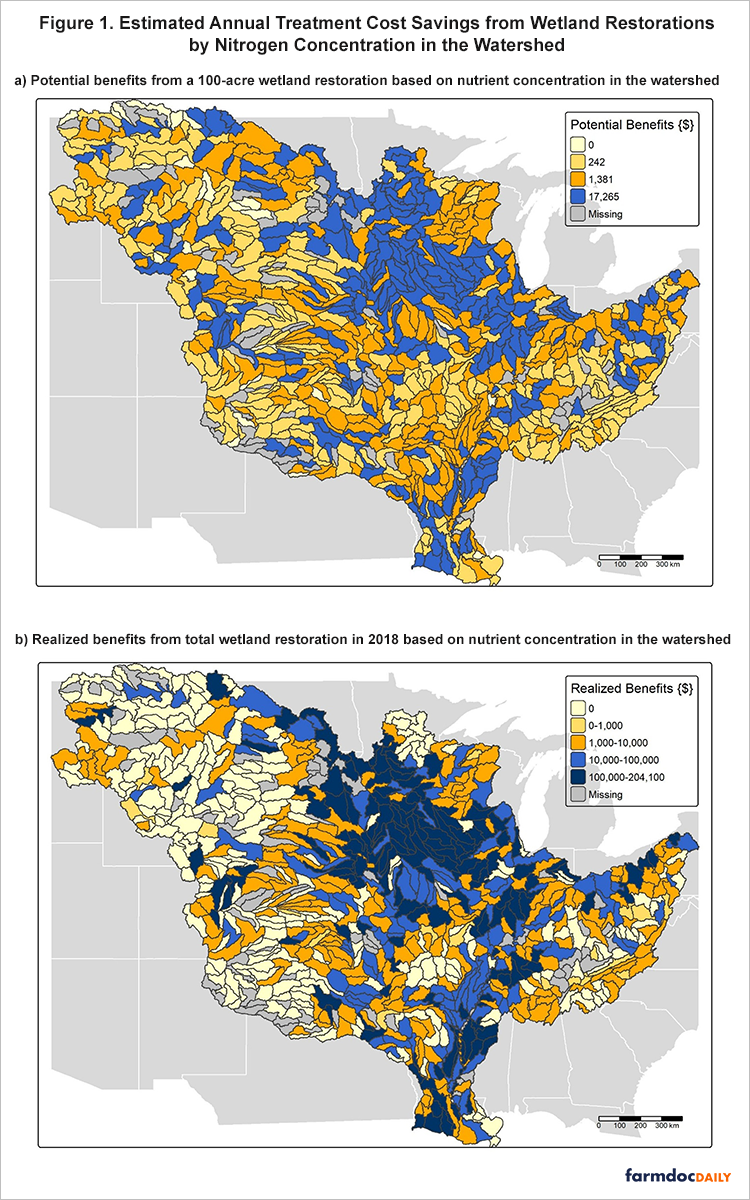







_2.png?#)






















